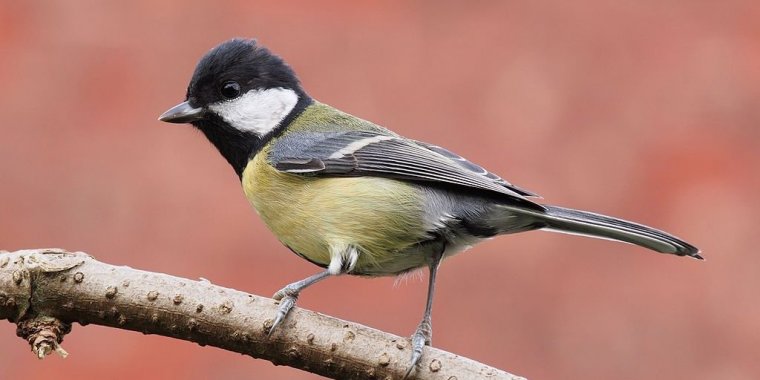| News / Science News |
Birds learn from each other’s ‘disgust’, enabling insects to evolve bright colours
A new study of TV-watching great tits reveals how they learn through observation. Social interactions within a predator species can have “evolutionary consequences” for potential prey – such as the conspicuous warning colours of insects like ladybirds.

Great tit, Parus major, Lancashire, UK. ![]()
This study using the great tit species as a “model predator” has shown that if one bird observes another being repulsed by a new type of prey, then both birds learn the lesson to stay away.
By filming a great tit having a terrible dining experience with conspicuous prey, then showing it on a television to other tits before tracking their meal selection, researchers found that birds acquired a better idea of which prey to avoid: those that stand out.
“Our study demonstrates that the social behaviour of predators needs to be considered to understand the evolution of their prey,” said lead author Dr Rose Thorogood, from the University of Cambridge’s Department of Zoology.
Without social transmission taking place in predator species such as great tits, it becomes extremely difficult for conspicuously coloured prey to outlast and outcompete alternative prey, even if they are distasteful or toxic.
There is mounting evidence that learning by observing others occurs throughout the animal kingdom. Species ranging from fruit flies to trout can learn about food using social transmission.
Great tits – a close relation of North America’s chickadee – make a good study species as they are “generalist insectivores” that forage in flocks, and are known to spread other forms of information through observation.
Famously, species of tit learned how to pierce milk bottle lids and siphon the cream during the middle of last century – a phenomenon that spread rapidly through flocks across the UK.
Something great tits don’t eat, however, is a seven-spotted ladybird. “One of the most common ladybird species is bright red, and goes untouched by great tits. Other insects that are camouflaged, such as the brown larch ladybird or green winter moth caterpillar, are fed on by great tits and their young,” said Thorogood.
“The seven-spotted ladybird is so easy to see that if every predator had to eat one before they discovered its foul taste, it would have struggled to survive and reproduce. (University of Cambridge)
YOU MAY ALSO LIKE




